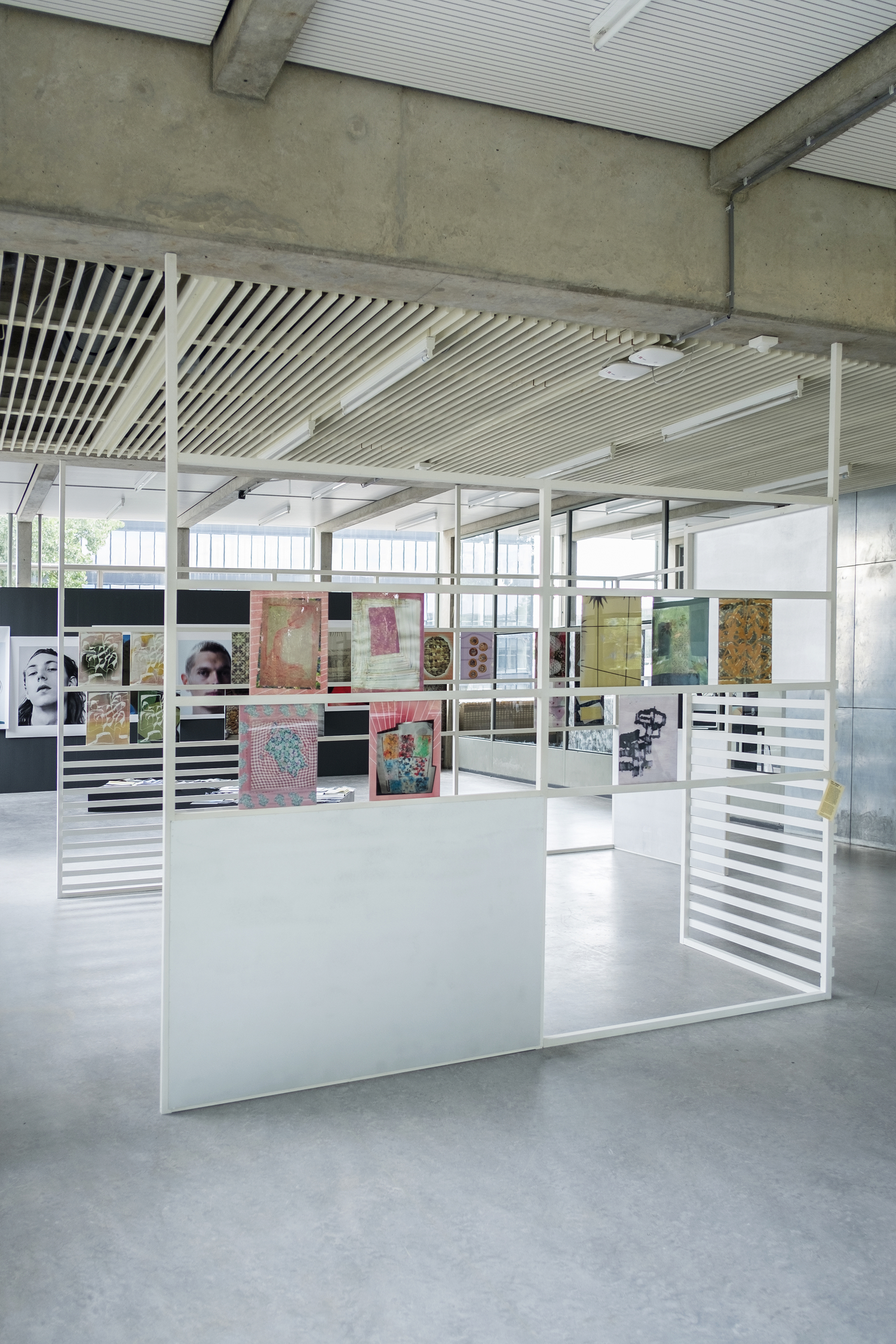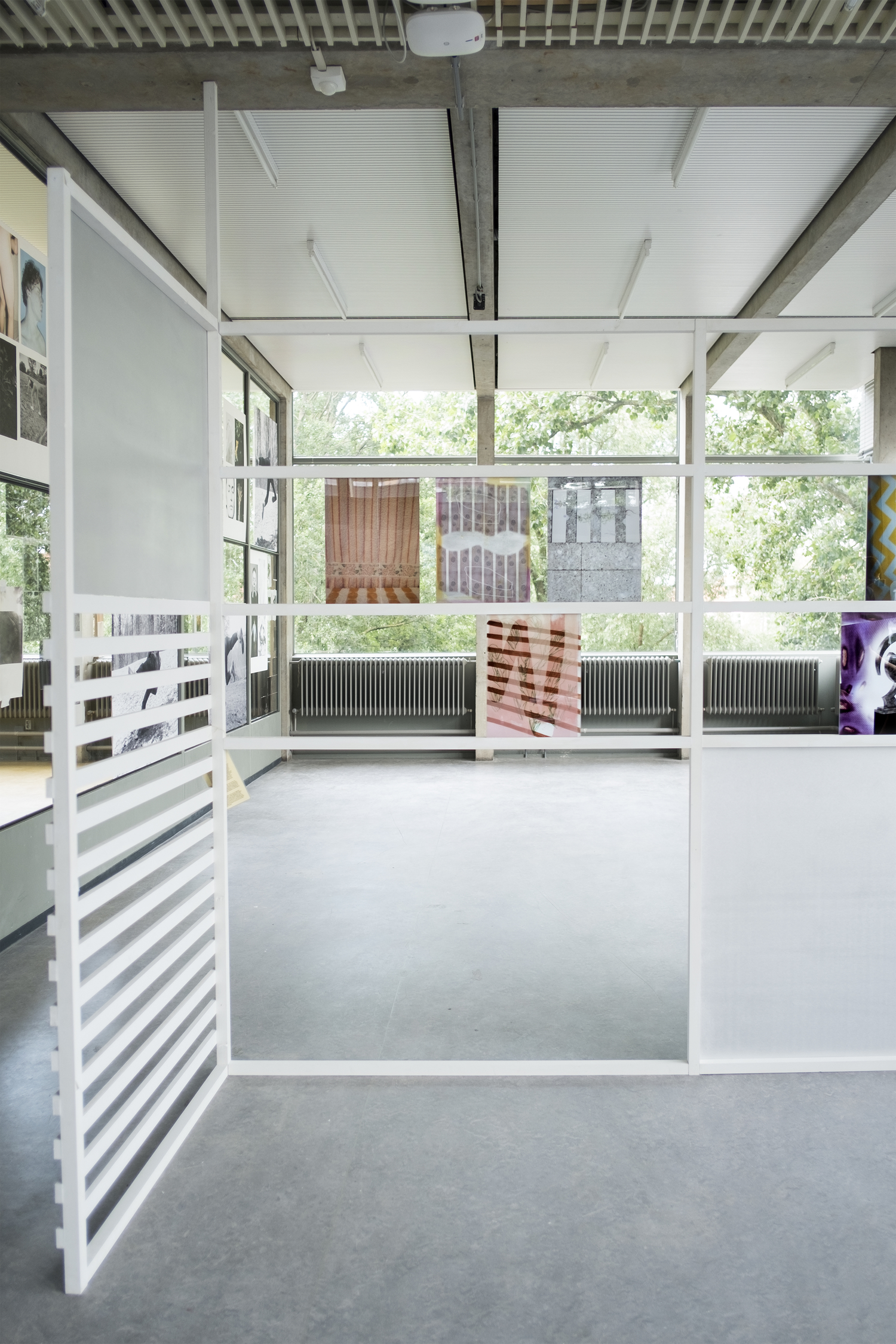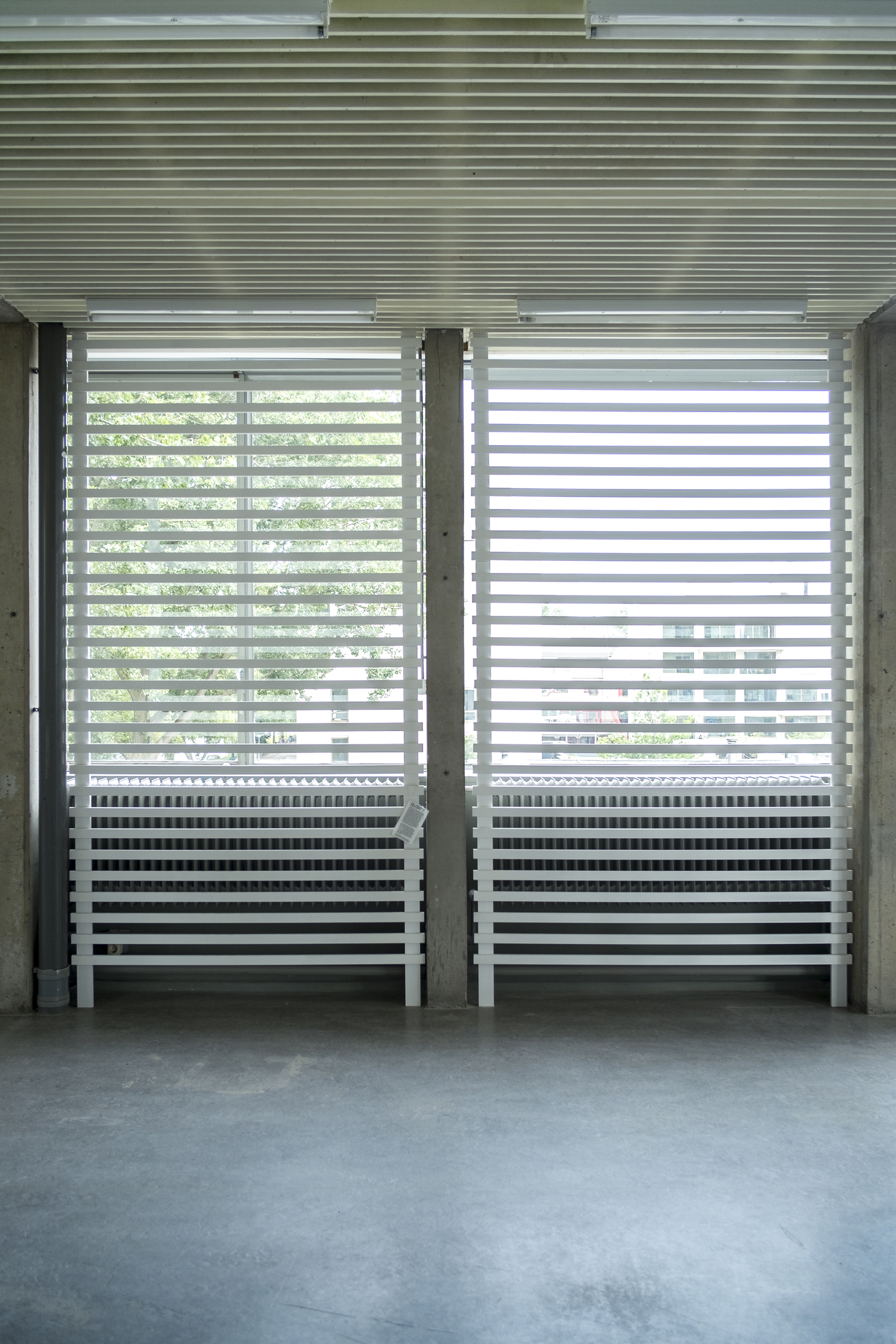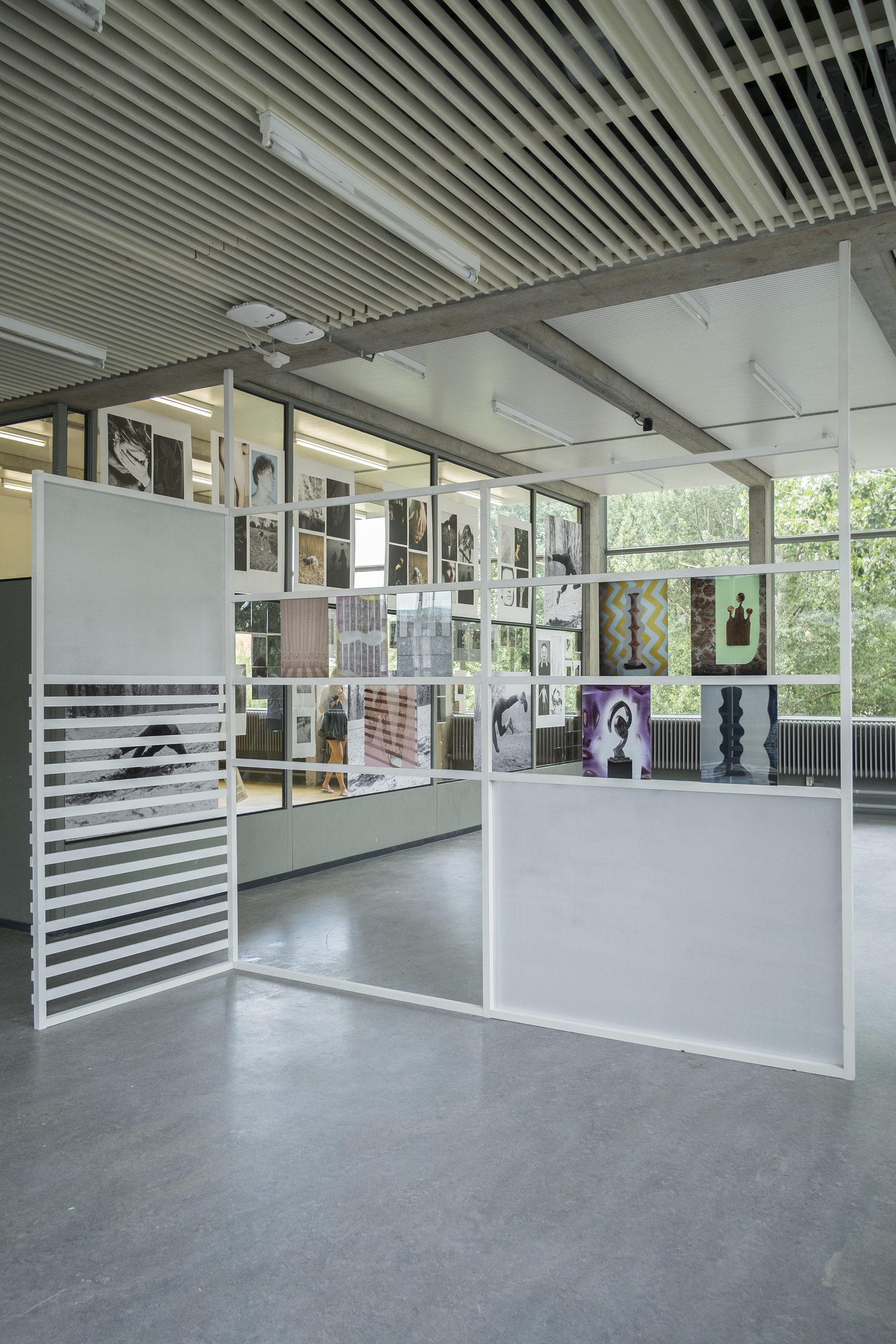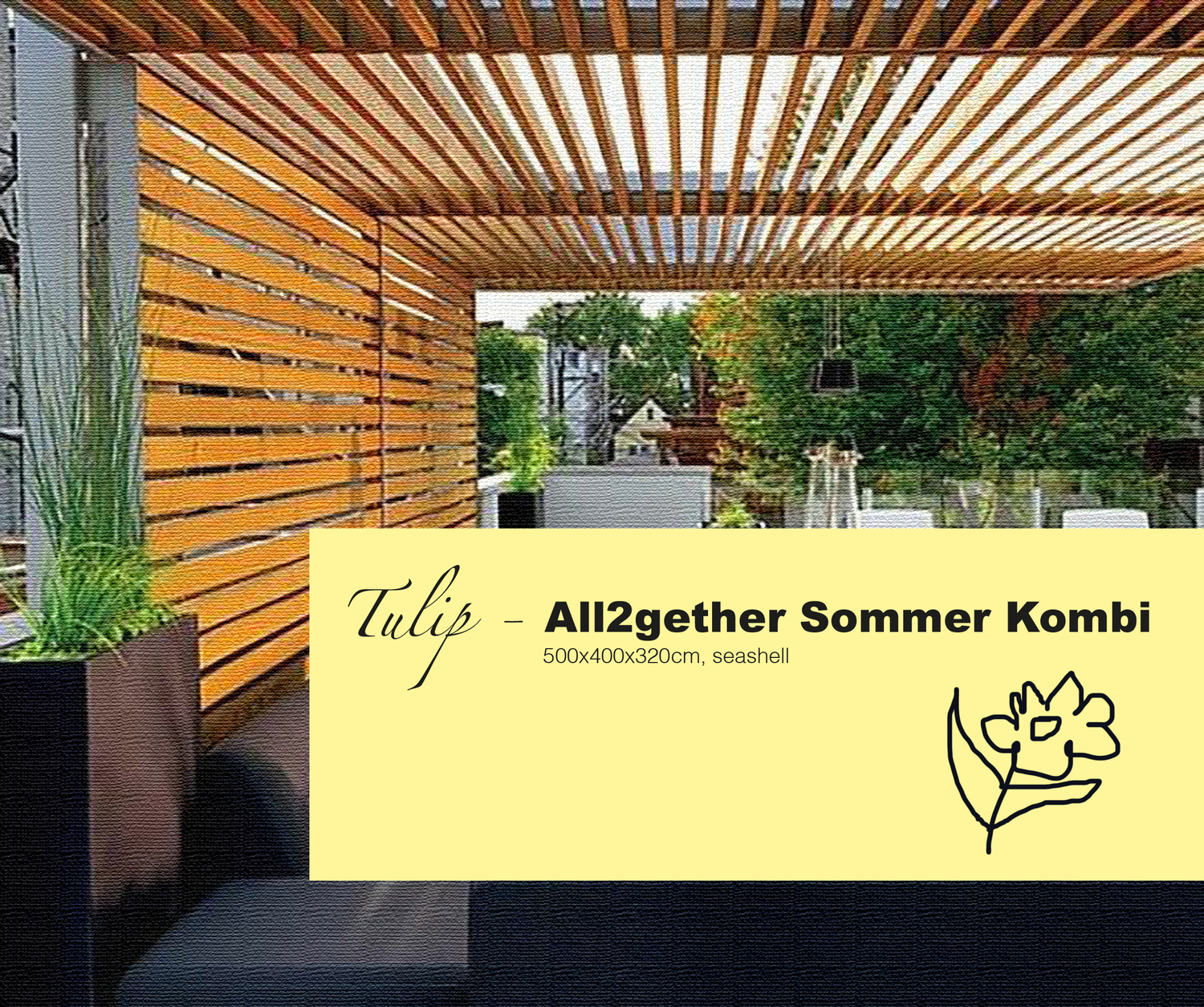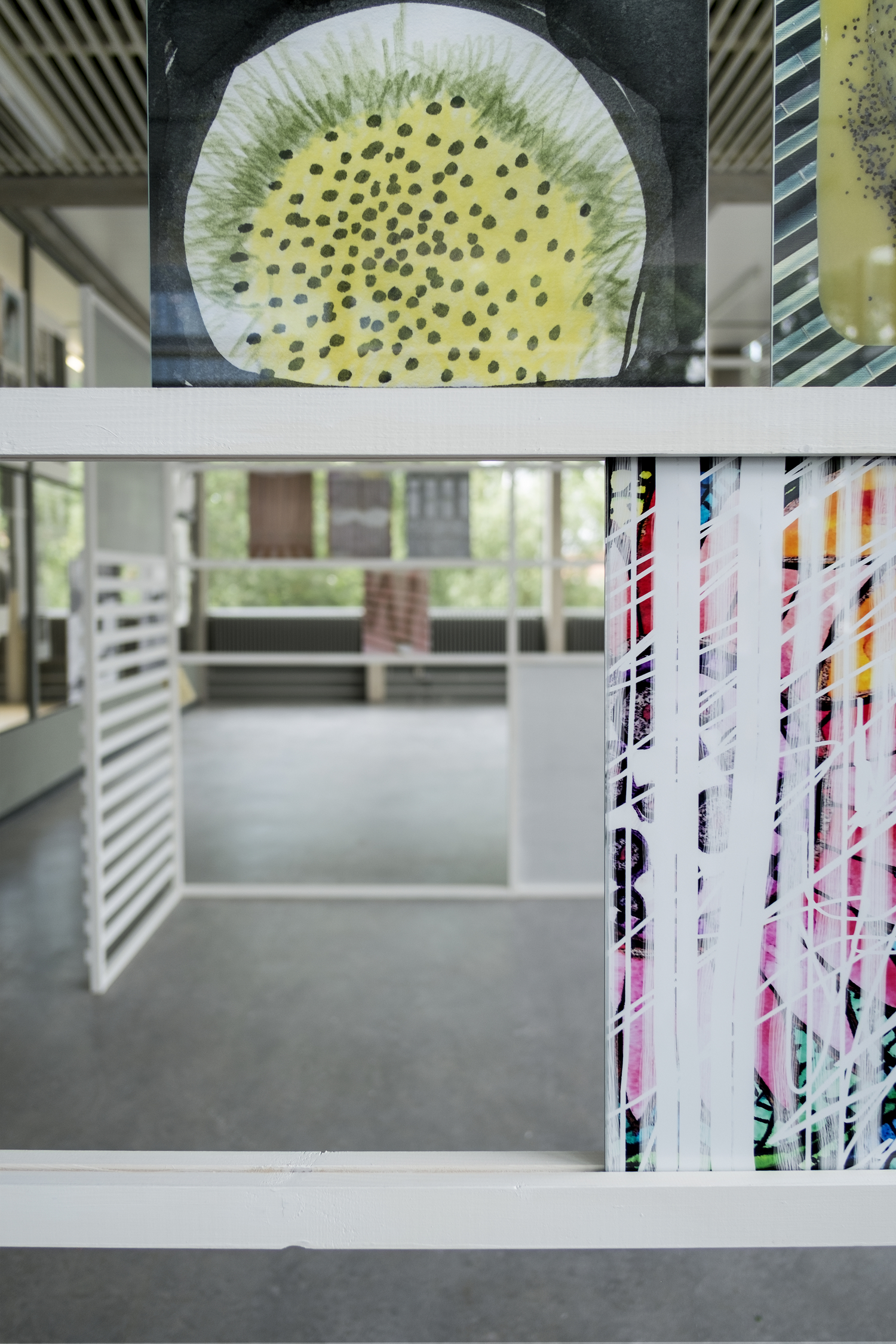
Germany
www.tilotoni.de
Tulip - All2gether Sommer Kombi
The garden. One's own small piece of nature, a little bit of freedom, a scope for creative development, a place to relax. In the summer the garden is the extended place of the good life of bourgeois society, at least in Germany. Here you can enjoy a sunbath, here you can dangle your soul under an apple tree listening to the song of a blackbird once the work has been done, here you indulge in honest physical work by mowing the lawn, here you plant and grow something, very close to Mother Nature. Here one builds gazebos and raised beds, following the artisan creative and handicraft needs. It is a place where one invites you over for coffee and cake, for an evening barbecue or a birthday party with cool drinks and appetizers. In a nutshell: the garden is a rich and versatile place. And, above all, you can work with your bare hands giving your creativity free reign.
The range for design and technology in the garden segment is enormous. For the fields of garden planning and design, decoration, leisure and garden party, there is a comprehensive range of products, instructions and services. The idea of the installation is to look at the aesthetics of the everyday, to discover, detect and appropriate images, visual discourses, pathos formulas and pictorial rhetorics and to translate them into a harmonious overall structure, which is shifting between autonomy and pragmatism.
The theoretical topic is the image. I deal with basic questions such as: where do images come from? I am searching for the kinship and the relationship between images. I do not believe that images are simply made up. One is rather influenced by the surrounding images and it is impossible to withdraw from them. I believe that images come from images and appropriation is not a conceptual trick, but an unavoidable circumstance.
By using the method of remixing and sampling, the visual world of the garden is examined, incorporated and installed, on the one hand on a pictorial level, on the other hand on the basis of the installation itself. The materials used are borrowed from the aesthetics of the garden: fabrics, patterns, building materials such as wood and clay. In addition, decorations, typical garden dishes and ornaments of the garden are taken up delightful, and are sometimes more or less alienated in the artistic overall structure. This ranges from the birthday cake, over the tablecloth to the Hollywood swing, over the rose hedge to the self-made fountain.
Through different procedures, such as the methods of supplementation, de- and recontextualisation and fragmentation, elements of the known visual culture are transformed into allegories. This creation of a distance, of an irritation in the familiar, should make it possible to come back to it in a new way.
The toolbox is similar to the one of craftsmen and do-it-yourselfers. While dealing with images items depicted in photos are treated as if they were real. In view of the real life, wood can be sawn to build a pedestal from it. Tablecloths can be dyed and hung up to dry, walls can be painted and a sculpture of glazed clay can be mounted on a flower carpet.
